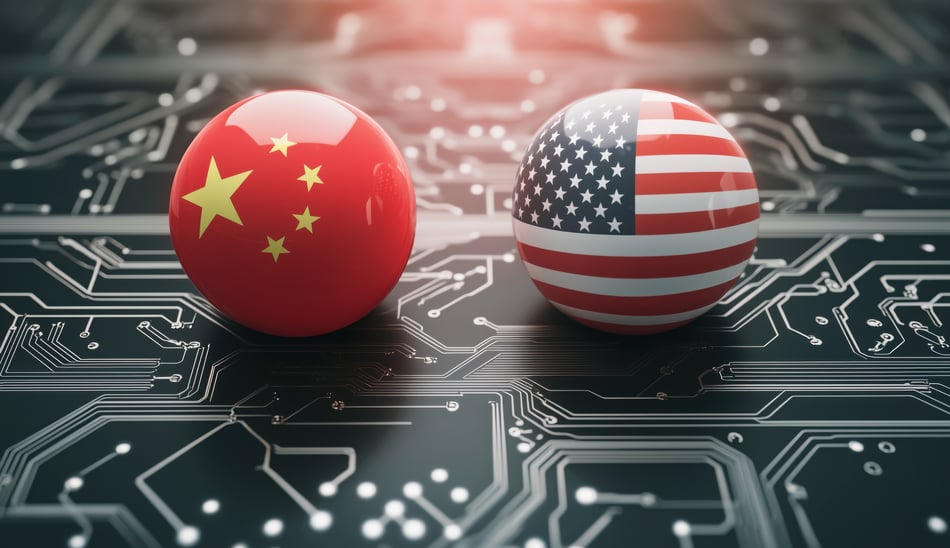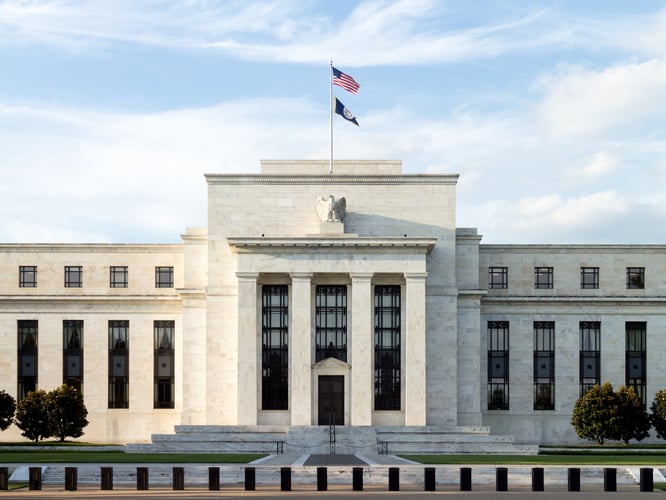

Trade tensions between the United States and China have recently increased, with both countries raising tariffs significantly. The U.S. has implemented 145% tariffs on Chinese goods, while China has responded with 125% tariffs on American products. This situation is causing market uncertainty. However, looking at history, markets have overcome similar challenges before. Understanding the relationship between these two major economies can help investors maintain perspective during volatile periods.
U.S.-China trade tensions take center stage
The current 90-day pause on most new tariffs has put focus on U.S.-China relations. These tensions go beyond just trade policies. They reflect a fundamental shift to a "multipolar" world where both the U.S. and China are major economic powers with global influence, compared to the past when the U.S. was the only superpower after the Cold War.
The U.S. has a large trade deficit with China, meaning we import more from them than we export. Tariffs above 100% essentially double the price of goods crossing borders. This raises prices for consumers, increases costs for businesses, and can slow economic growth. These concerns have caused recent market swings.
The White House likely views these high tariffs as a negotiating tool rather than a permanent policy. The 90-day pause on most tariffs above 10% suggests the administration still aims to reach new trade agreements.
Looking back at the 2018-2019 tariffs, many companies adapted by changing suppliers or absorbing some costs. Markets initially struggled but recovered well afterward. For long-term investors, market challenges often create buying opportunities as stock valuations become more attractive.
China faces economic hurdles
China has its own economic problems, including real estate concerns and financial system issues that limit its ability to withstand trade tensions. China's growth has slowed to 5.4% according to official figures, and many experts predict 2025 growth will fall below the government's 5% target.
Chinese leaders are considering additional economic stimulus measures beyond what was implemented last year. They've also allowed their currency (the yuan) to weaken, which can help boost exports by making Chinese goods cheaper for foreign buyers. However, this strategy risks capital leaving the country and could further destabilize China's financial system.
Most U.S. government debt is owned domestically
Some investors worry that China's ownership of U.S. Treasury securities (government bonds) gives them too much influence over our economy. However, China only holds about 2.1% of total U.S. government debt. Most U.S. Treasury securities are owned by Americans—individuals, companies, and various government entities.
If China were to sell its Treasury holdings, it might cause temporary market volatility and briefly push up interest rates. However, countries hold U.S. Treasuries because they're considered safe investments. Even during uncertain times, U.S. Treasury securities have maintained their "safe haven" status.
While U.S.-China trade tensions create uncertainty, history shows financial markets recover over time. A diversified investment portfolio aligned with your long-term goals remains the best approach to navigate changing global conditions.




